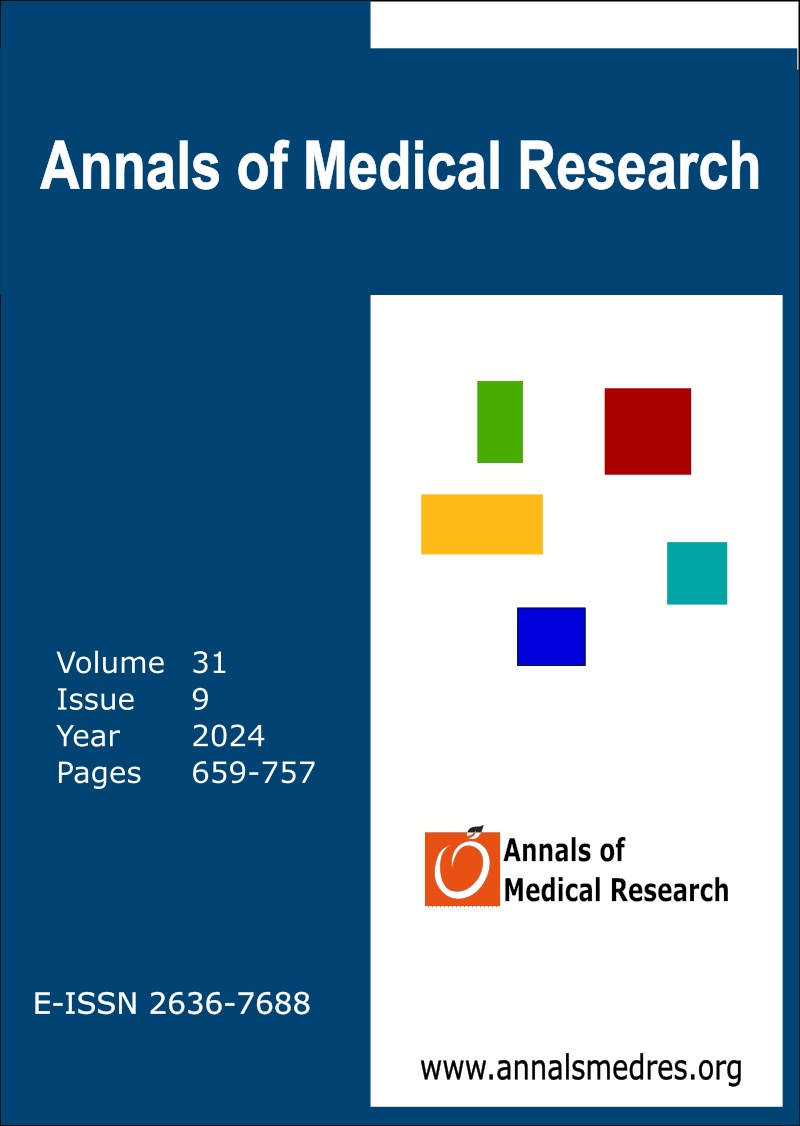The impact of tartrazine and thymoquinone on rats’ lungs
Keywords:
Lungs, Tartrazine, Thymoquinone, Oxidant, Antioxidant, Oxidative stressAbstract
Aim: The study aimed to investigate the changes induced by Tartrazine (T) and Thymoquinone (TQ) in rat lung tissues.
Materials and Methods: Thirty-two rats were divided into four groups, 8 animals in each group: Control, T, TQ and T. The experiments were conducted for 21 days. Oxidant-antioxidant parameters were determined in rat lung tissues.
Results: An increase was observed in Malondialdehyde (MDA) parameters in the lung tissues of rats in the T-treatment group when compared to all other groups, a significant decrease was observed in reduced glutathione (GSH), superoxide dismutase (SOD), glutathione peroxidase (GSH-Px), and catalase (CAT) levels. It was observed that TQ administration led to a significant increase in antioxidant capacity when compared to other groups. Coadministration of T and TQ led to improvements in oxidant and antioxidant parameters when compared to the T group.
Conclusion: In this first study on the correlation between T and TQ, T administration led to damages in lung tissues. It induced oxidative stress via the increase in oxidant capacity. TQ led to an increase in antioxidant capacity. We recommend TQ consumption to maintain strong antioxidant capacity against oxidative stress damage and T toxicity.
Downloads
Published
Issue
Section
License
Copyright (c) 2024 Annals of Medical Research

This work is licensed under a Creative Commons Attribution-NonCommercial-NoDerivatives 4.0 International License.
CC Attribution-NonCommercial-NoDerivatives 4.0






